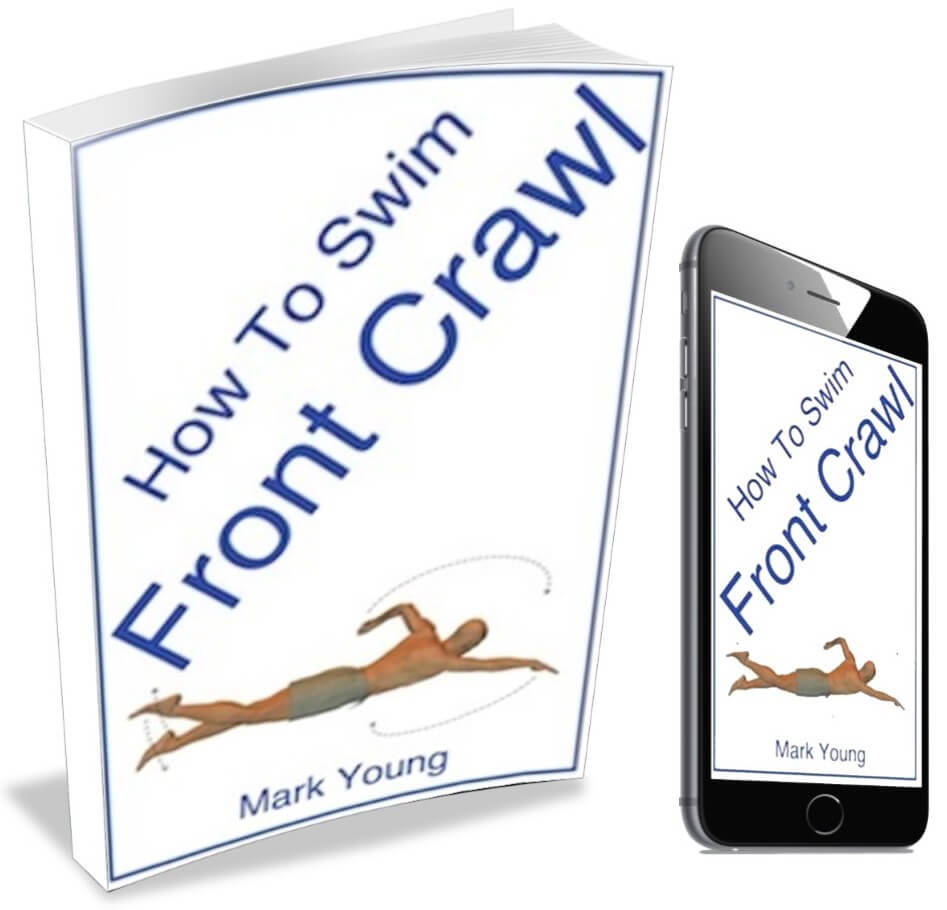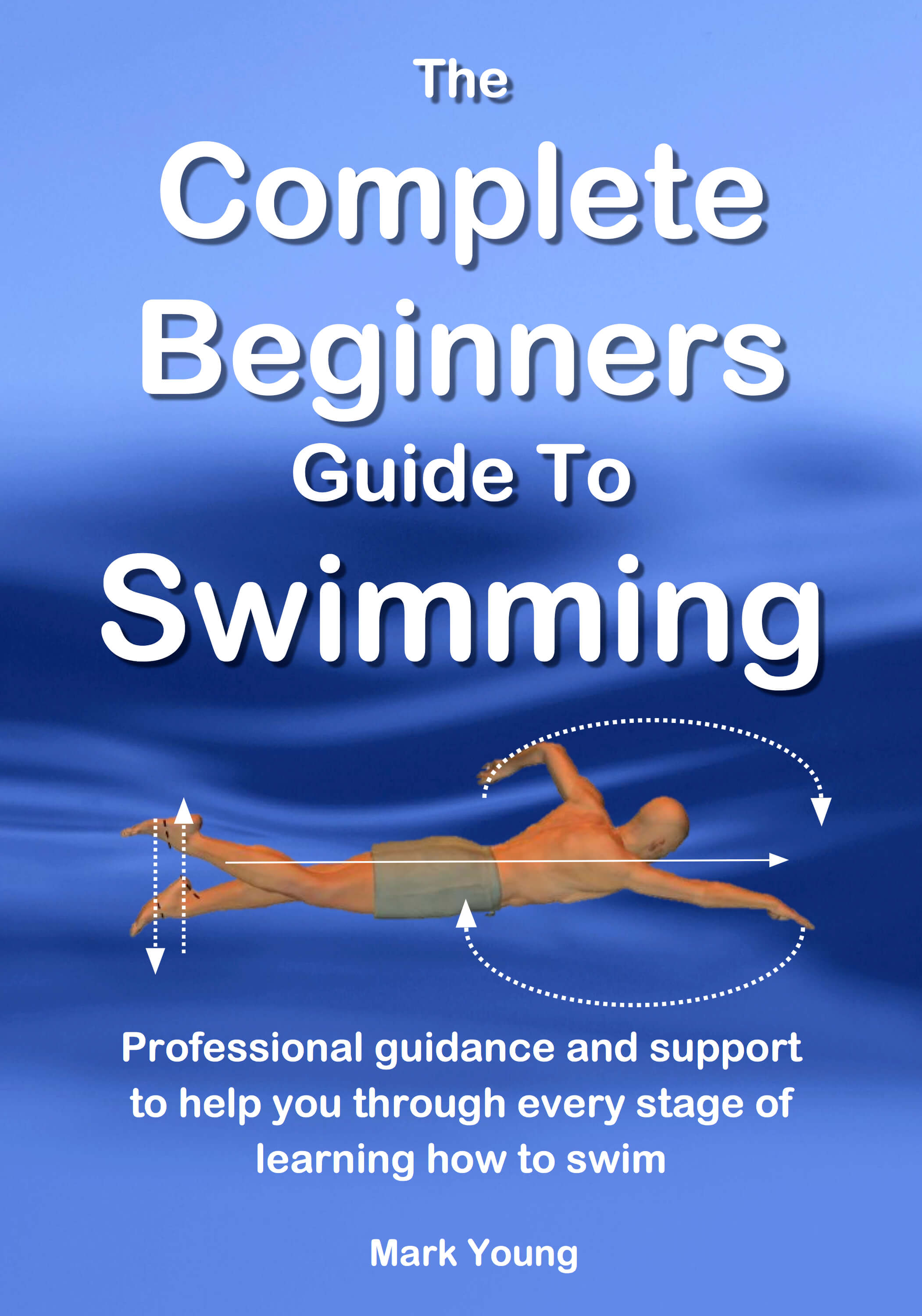- Swim Teach Home
- tips for beginners
- Swimming Questions
- Water Up My Nose When I Swim
Why Do I Get Water Up My Nose When I Swim?
My friend is teaching me how to swim the strokes. I can swim them fine, but I have a problem when water gets up my nose. I can dive in perfectly. But the chlorine stings my nose. I would be alright if it were just a little stinging, but it BURNS. Also, I can't seem to breathe out through my nose when I do the front crawl/freestyle stroke. The water rushes in my nose, and when I turn for air, I have to snort it out and miss my chance to breathe. And then I end up flailing around coughing up water. So. Can you help me with my "nose problems"?
Both of your nose problems are related and caused by a fundamental error with your breathing technique.
First and foremost, you must always breathe in and out through your mouth. Your nose must play no part in your breathing whatsoever during swimming. You will subconsciously breathe through your nose a little, but the majority must be done with your mouth.
Our mouth is bigger than our nose and, therefore, can inhale and exhale more air in a shorter space.
When breathing through your nose, you only do what comes naturally to your body. However, you are in the water, which is a completely unnatural environment for a human being to be in, so we must adjust our breathing accordingly.
Can a Nose Clip Really Stop Water Going Up My Nose?
A very quick and simple solution would be to wear a nose clip. There are specially designed nose clips for swimmers that can be purchased at most pools or sports shops very cheaply.
A nose clip clamps the nostrils tight so that no water goes up your nose, but they can sometimes be uncomfortable and inconvenient. They can be useful to learn with, but if you learn without them, you will not come to rely on them.
Click here for my nose clip recommendation
What Simple Swimming Drills Fix This Problem Fast?
Try some simple breathing exercises in the water without actually swimming. Stand in the water, take a deep breath and then slowly exhale it from your mouth out into the water. Then raise your face out of the water, take another breath and repeat the exhale. Ensure you are using your nose as little as possible.
You will experience water and bubbles around your nostrils and maybe even slightly inside the very tip of your nose, but it will only go up your nose and burn if you inhale it.
The more you practice this breathing exercise, the sooner it will become second nature when swimming. You can then apply it to your front crawl.
Swim your front crawl slowly, concentrating on breathing out slowly. This is known as trickle breathing, the easiest form for front crawl. Once you have exhaled through your mouth, turn your head to inhale again through your mouth, just like the exercise when you were standing.
My best-selling book, How To Swim Front Crawl, contains over 20 separate swimming exercises to help all parts of freestyle, including breathing. You can download it, print out the parts you need and take them to your pool to try out. Click the link below for more information.
HOW TO SWIM FRONT CRAWL EBOOK: everything you need to master front crawl swimming stroke. 22 easy drills that focus on each part of front crawl technique. From body position to breathing and timing. Decades of teaching experience all packaged into 1 easy file. Download to your device and master front crawl TODAY! (click here for an INSTANT preview).
Don't miss out! Click here for more details on how to get your copy.
How Can I Swim In A Straight Line?
I am learning to swim at the age of 62. After seven lessons, I can now float front and back, but when I practise kicking my legs, I can't seem to go forward in a straight line. I always seem to veer sideways. I can't control this, and I have no idea why it happens. Can you advise?
Thanks for contacting me with your question. Not an uncommon one I might add, and something I’ve seen a few times before.
Veering off to one side whilst swimming, whether the full stroke or just kicking, is usually caused by one of two things: kicking harder with one leg more than the other and/or not having a straight body position - the latter being the most common.
As far as having a straight body position goes, we are talking about ‘straight’ as in the horizontal plane, in the direction of travel. If your body is angled in the water, for example, with legs slightly under and head slightly above, this is the vertical plane and will have little or no bearing on your direction of travel. If, however, your body position is banana-shaped, as an exaggerated example, you are not straight in the horizontal plane and, therefore, will veer off to one side.

Think of rowing a boat. If you pulled with one ore harder than the other, or if the boat's shape was somehow curved, you would never go in a straight line.
It only takes a subtle shift in a certain part of your body to cause a gradual drift to one side as you swim, especially during a leg kick exercise, as you have nothing to control your upper body easily. Subtle things to be mindful of include: having your head tilted slightly to one side (the most common), having one shoulder slightly hunched or raised than the other and having one foot turned out more than the other or not pointed as the other.
Any of these or combinations of these can cause a disturbance in your direction of travel.
Now, it's extremely difficult to be perfectly aligned as we swim, and it's usually the arm pull technique of whatever stroke we’re swimming that keeps us on course in the direction we are travelling.
So, if you’re veering off during a leg kick exercise, then I wouldn’t stress about it, as it can all be corrected when you add the arms and swim the full stroke.
If it still bothers you, hopefully, you will find some of my tips and advice helpful.
It's always nice to hear from someone who proves that age is not a limitation when learning to swim! I wish you every success with your swimming lessons.
The Complete Beginners Guide To Swimming
Professional guidance and support to help you through every stage of learning how to swim.
Discover everything you need from first entering the pool and building confidence to floating and breathing. Plus, 82 exercises to master the four basic swimming strokes.(click here for an instant preview)
Don't miss out! Click here to get your copy of my book!



